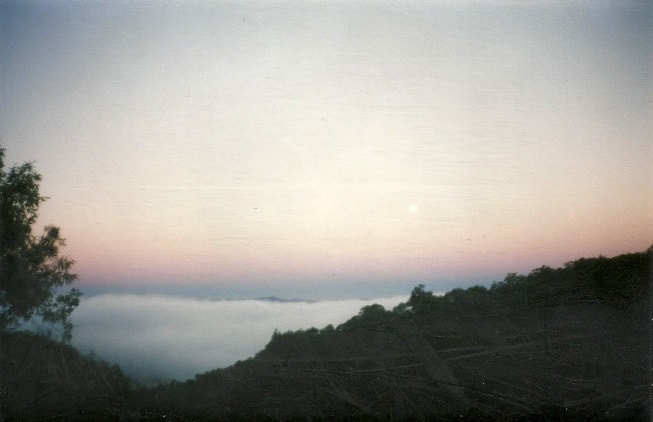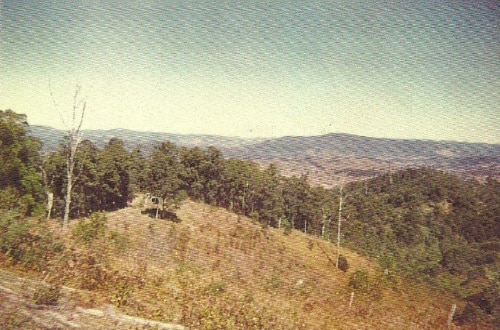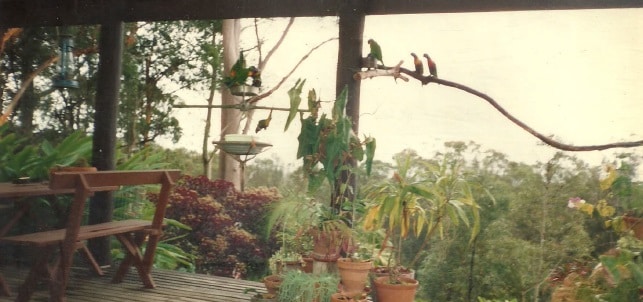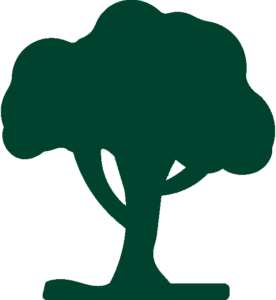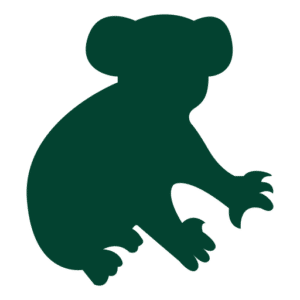Terrie Ridgway is the owner of a property located in approximately 30km west of Noosaville. The property is a dedicated wildlife sanctuary which is also used for wildlife rehabilitation. It has been Terrie’s sole place of residence for 24 years, with the first major tree plantings she conducted in the early 1990’s now being over 60 feet tall. It is Terrie’s intent to rehabilitate her property to the fullest extent possible. A Voluntary Conservation Agreement (VCA) has been set in-perpetuity through the local council. Terrie is a full-time wildlife carer and secretary of Flying-fox Rescue Release Noosa Inc. Her full-time interest is environmental conservation.
The property covers 2.08 hectares of undulating to steep land with a predominately western aspect. Elevation is from 295 meters to 240 meters and forms part of a large core area of bushland that covers Black Mountain Range. The geology of the area is metamorphosed sediments with occasional basalt intrusions. The vegetation is predominantly tall open mixed eucalypt forest on the higher slopes, with species on the mid slopes including spotted gum (Corymbia maculata), grey gum (Eucalyptus punctata), ironbark (E. paniculata), yellow stringybark (E. muelleriana), brush box (Lophostemon confertus), Gympie messmate (E. cloeziana), hoop pine (Araucaria cunninghamii), Bunya pine (Araucaria bidwillii), mountain casuarina (Casuarina equisetifolia), red cedar (Toona ciliata), white cedar (Melia azedarach), crow’s ash (Flindersia australis), bumpy ash (Flindersia schottiana), and black (Acacia mearnsii) and hickory (Acacia mangium) wattles. Many smaller shrubs and grasses are well represented, and infestations of some weed species are present.
Examples of wildlife species known to occur on the property include mountain brushtail possums (Trichosurus cunninghami), short-beaked echidnas (Tachyglossus aculeatus), northern brown bandicoots (Isoodon macrourus), swamp wallabies (Wallabia bicolor) and koalas, as well as various flying-foxes when the gums are flowering, and several species of microbats.
Reptile species include lace monitors (Varanus varius) and various species of skinks and geckos, as well as carpet pythons (Morelia spilota), green (Dendrelaphis punctulata) and brown (Boiga irregularis) tree snakes, and the occasional red bellied black snake (Pseudechis porphyriacus), coastal taipan (Oxyuranus scutellatus) and eastern brown snake (Pseudonaja textilis).
A variety of butterfly species occur on the property, as well as a wide range of birdlife including king parrots (Alisterus scapularis), scaly-breasted lorikeets (Trichoglossus chlorolepidotus), pale headed rosellas (Platycercus adscitus), rainbow lorikeets (Trichoglossus moluccanus), black cockatoos (Calyptorhynchus spp.), blue faced honey eaters (Entomyzon cyanotis), yellow-faced honey eaters (Lichenostomus chrysops), wonga pigeons (Leucosarcia melanoleuca), crested doves (Ocyphaps lophotes), butcher birds (Cracticus spp.), magpies (Cracticus tibicens), pied currawongs (Strepera graculina), tawny frogmouths (Podargus strigoides), brush turkeys (Alectura lathami) and more. Seasonal visitors include channel billed cuckoos (Scythrops novaehollandiae), black faced cuckoo shrikes (Coracina novaehollandiae), spangled drongos (Dicrurus bracteatus) and striated pardalotes (Pardalotus striatus).

